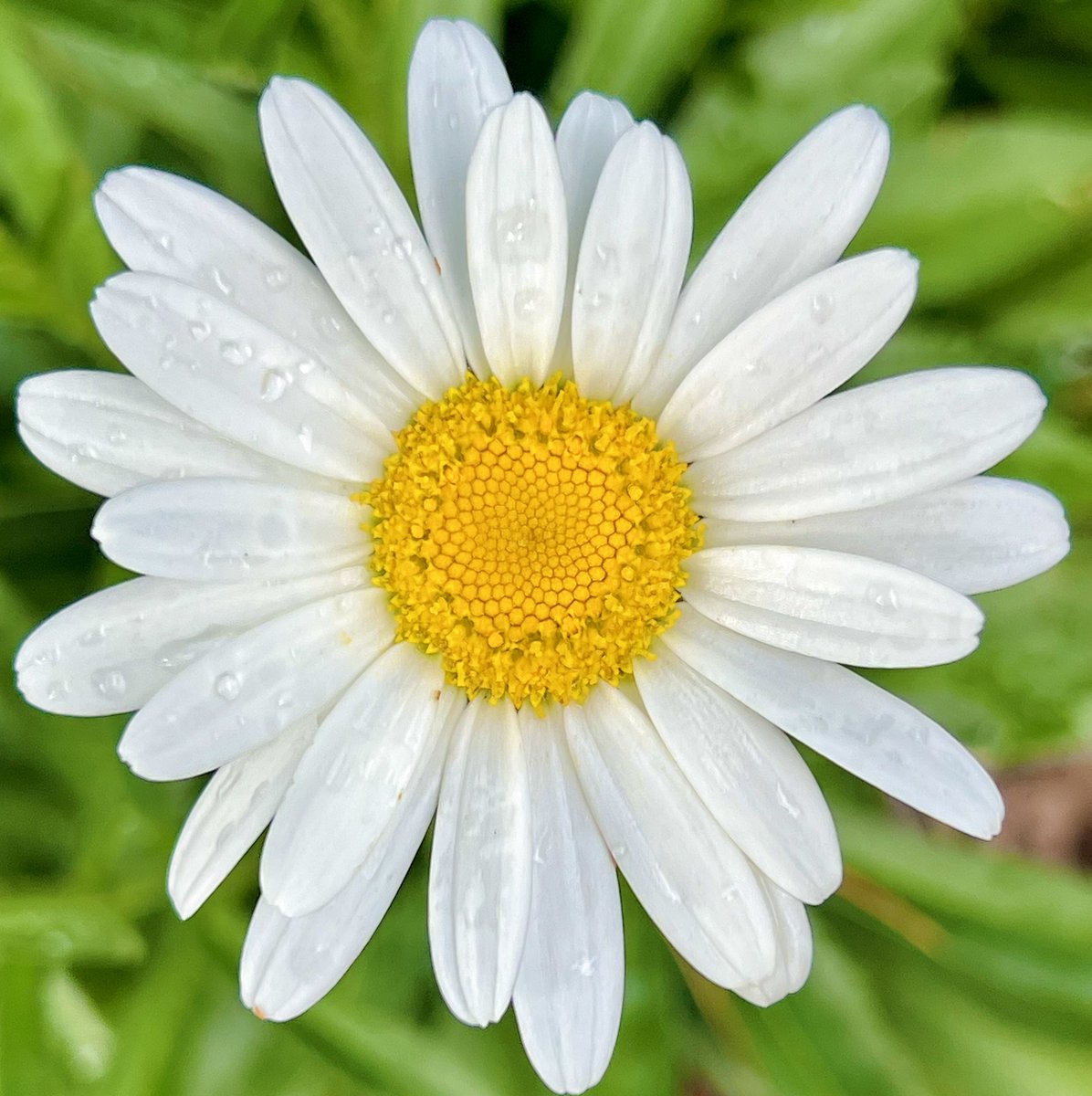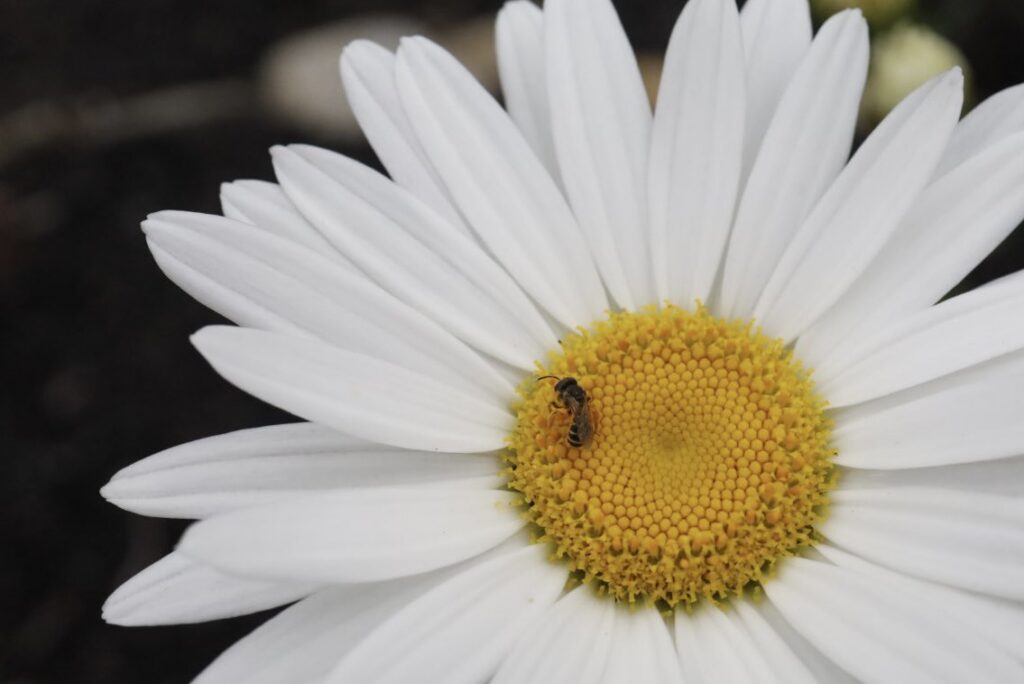
Table of Contents
The identity of the most common bloom gracing our planet. The protagonist of our story is none other than the vibrant, humble, and ubiquitous Daisy.
“Daisies are like sunshine on the ground.”
Indeed! Daisies, with their radiant white petals and golden hearts, are a cheerful sight in meadows, parks, and gardens across the globe.
Did you know that flowers, in all their radiant shades and fragrances, blanket our planet more extensively than any other living thing? Yes, these nature’s miracles are more than just pretty faces.
They’re the silent, yet omnipresent, guardians of our environment—turning sunlight into energy, attracting pollinators, and gifting us a richer, more vibrant world.
Now that we’ve unveiled the champion, let’s dive into its enchanting world. Prepare to be amazed by the resilience, the ubiquity, and the hidden beauty of the daisy, the floral queen of our planet.
The Language of Flowers: An Introduction
If someone handed you a bouquet of flowers, would you know what they were saying? The language of flowers, also known as floriography, is a fascinating form of communication that dates back centuries.
It’s a language without words, where every bloom carries a message.
The common daisy, for instance, conveys innocence and purity. While a red rose, perhaps the most universally recognized symbol, represents love and passion.
A History Wrapped in Petals
Floriography rose to prominence in the Victorian era. But it has roots in ancient cultures, from the Greeks and Romans to the Chinese and Egyptians.
They all attributed special meanings to flowers, using them to express sentiments that culture or etiquette often prevented them from voicing out loud.
In Victorian times, it became a highly sophisticated language. A lover could send a secret message through a specifically arranged bouquet.
Even the way a flower was delivered held meaning. For instance, receiving a flower upside down could invert its traditional meaning.
Despite the evolution of human communication, the language of flowers still flourishes today. It has become an intricate part of our celebrations, condolences, and everyday life.
As we now turn our attention to the most common flower in the world, let’s see what it has to say.
The Most Common Flower on Earth: A Closer Look
The daisy family, scientifically known as Compositae or Asteraceae, is the largest family of flowering plants, boasting more than 23,000 distinct species. This family represents a colossal 10% of all flowering plants on Earth!
What makes daisies so widespread and successful? Let’s dig in, shall we?
Survival of the Fittest
The secret of the daisy’s success lies in its hardy nature and ability to adapt. Daisies can thrive in a wide array of climates and soil conditions.
“Daisies are like botanical cockroaches – they survive in places even when the going gets tough!” -Unknown Botanist
Floral Architecture: A Masterpiece of Nature
Believe it or not, what appears as a single flower is actually a composite of numerous flowers, or ‘florets’. This unique structure not only adds to the daisy’s charm but also boosts its reproductive success, making it a true marvel of nature.
Let’s not forget about the daisy’s iconic white petals and yellow center— a visual treat that’s hard to miss!
Cultural Significance
The daisy’s widespread presence has not gone unnoticed by human cultures. Its simplicity, resilience, and beauty have made it a symbol of purity, innocence, and enduring love in various cultures around the world.
From featuring in classic literature to gracing modern fashion, the daisy continues to capture the human imagination in countless ways.
To wrap up, the daisies’ resilience, unique structure, and cultural significance make it the most common flower on our planet. So, next time you spot a daisy, take a moment to appreciate its understated beauty and remarkable survival skills!
A Global Phenomenon: Where You Can Find Them
The daisy, our floral superstar, can be found virtually anywhere on the globe, dotting landscapes with its unassuming beauty. From the wild fields of Europe to the rugged terrains of North America, this little flower knows no boundaries.
“The daisy is the jeans and sneakers of the flower world, completely at home in any setting.”
Sprinkles of Daisies Across Continents
Let’s hop on a virtual tour and see where these daisies thrive, shall we?
- Europe: They’re a common sight in the meadows, woodlands, and even urban environments.
- North America: You can find them along roadsides, in pastures, and across the prairies.
- Australia: They can be spotted in a variety of habitats, from coastal areas to the outback.
- Asia: Daisies flourish in the temperate regions of this vast continent.
- Africa: They’re even found in the varied climates of this continent, from deserts to lush rainforests.
And this isn’t all. Daisies have also been spotted thriving in the most unlikely of places – from cracks in pavements to rocky mountainsides.
These resilient flowers truly embody the spirit of survival and growth.
The History and Cultural Significance of this Remarkable Flower
Every journey has a beginning, and the story of the most common flower on Earth is no exception.
This magnificent species originated millions of years ago, Its journey from its earliest days to today’s ubiquitous presence is as fascinating as it is colorful.
The Rise of a Global Icon
Around the world, this flower has taken root in the hearts of people, becoming a symbol of love, life, and renewal.
- In ancient Egypt, it was revered as a sacred symbol of life.
- In China, it’s celebrated as an emblem of love and unity.
- Across Europe, it’s seen as a token of admiration and respect.
Ultimately, the ubiquitous presence and cultural significance of this flower is a testament to its unique charm and resilience. It not only survives but flourishes everywhere, leaving a trail of beauty and inspiration in its wake.
Read Also: How To Tell Someone They Have Poor Hygiene
The Science Behind Why This Flower is So Prolific
So, what’s the secret behind the wild success of this particular flower? It comes down to a simple yet ingenious recipe of science and nature. Strap in, let’s get to the heart of this floral mystery.
Hardiness and Adaptability
First on the list is the flower’s exceptional hardiness and adaptability. This plant has an uncanny ability to survive in diverse climates and conditions, from scorching deserts to frosty mountains.
The Magic of Pollination
This is where our flower truly shines. It boasts a highly efficient pollination system which, coupled with its irresistible allure for insects, birds, and even the wind, ensures its widespread propagation.
| Characteristics | Impact |
|---|---|
| Hardiness | Ability to survive in diverse conditions |
| Pollination | Efficient propagation system |
Seeds Galore
Finally, let’s talk about seeds. Each bloom of this flower is capable of producing a staggering amount of seeds, which are easily dispersed by wind, water, and wildlife. It’s like nature’s own version of a buy-one-get-thousands-free deal!
“If we could see the miracle of a single flower clearly, our whole life would change.” -Buddha
The Symbolism and Meaning of this Flower Across Cultures
Have you ever wondered about the symbolism and meaning of the most common flower on Earth?
It’s quite a story, filled with deep meanings and cultural significance. This humble flower, known to many, has a prominent role in societies around the world.
Symbolism: In the language of flowers, this ubiquitous bloom stands for love, beauty, purity, and resilience. It’s an emblem of strength and continuity, surviving in diverse climates and soils, just as we humans do in different life situations.
Cultural Significance: From the sunny fields of Europe to the bustling streets of Asia, this flower is held in high regard. Let’s explore its impact in different cultures.
- Europe: Here, the flower is a symbol of love and passion. They often appear in artworks and poems, representing deep affection.
- Asia: In Asia, the flower signifies purity and divine beauty. It is often used in religious rituals and ceremonies.
- Americas: Native Americans associate this flower with resilience and strength, considering it a symbol of survival against all odds.
- Africa: In African cultures, this flower symbolizes regeneration and rebirth, mirroring the continent’s rich, vibrant life.
Isn’t it fascinating to see how one flower can have such varied significance in different cultures? This flower doesn’t just enhance our world with its beauty; it enriches our lives with its profound meanings.
The Most Beautiful Varieties of this Flower to Add to Your Garden
So, you’ve discovered that the most common flower on earth also happens to be one of the most charming – the daisy. With its radiant disposition and diverse breeds, it’s no wonder gardeners worldwide love to showcase this bloom. Here, we explore some of the most beautiful varieties that you might consider adding to your garden.
1. English Daisy (Bellis perennis)
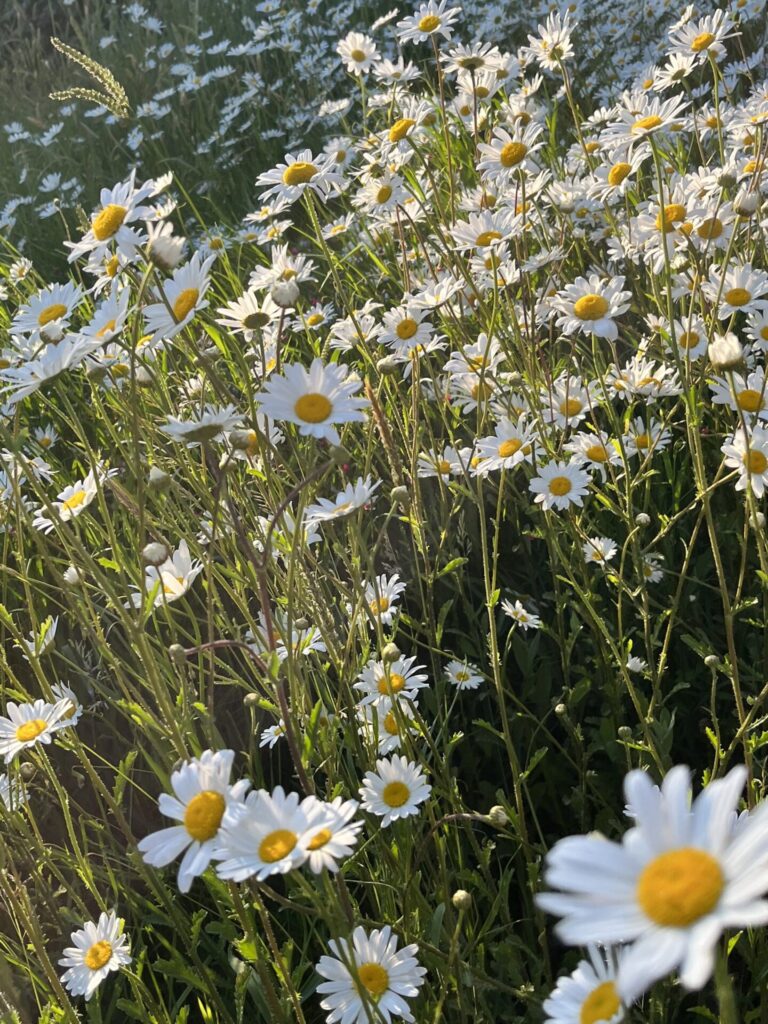
Harboring an old-world charm, the English Daisy is the quintessential daisy variety. Their small rosette flowers, usually pink, red, or white, are a classic choice to spruce up any garden.
2. Shasta Daisy (Leucanthemum x superbum)
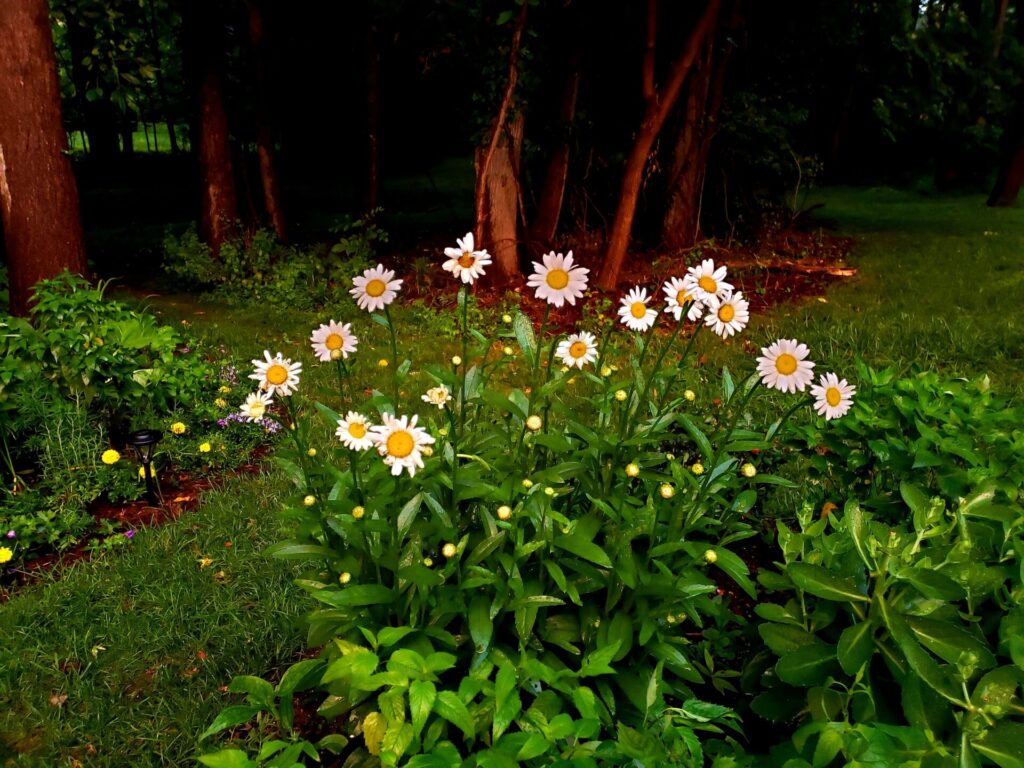
The Shasta Daisy is a standout with its large white petals and sunny yellow centers. This flower blooms in the summer, adding a touch of brightness to your garden.
3. Gerbera Daisy (Gerbera jamesonii)

Gerbera Daisies are bold, vibrant, and come in a wide array of colors. From fiery reds and oranges to cool blues and pinks, they’re a perfect way to add a pop of color.
4. Painted Daisy (Chrysanthemum carinatum)
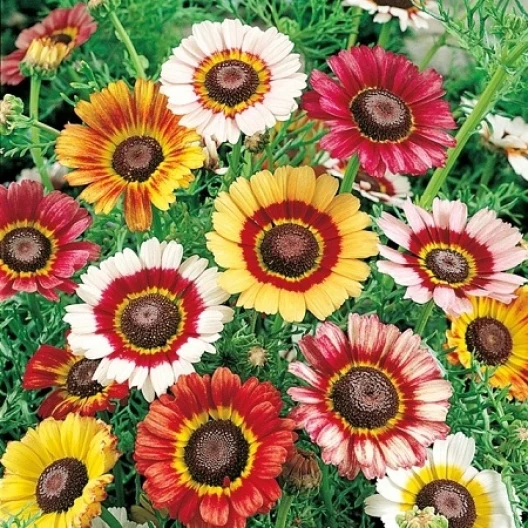
Known for their unique, painted-like petals, the Painted Daisy adds an artistic flair to any garden. No two flowers are alike, making this a truly unique choice.
5. Oxeye Daisy (Leucanthemum vulgare)
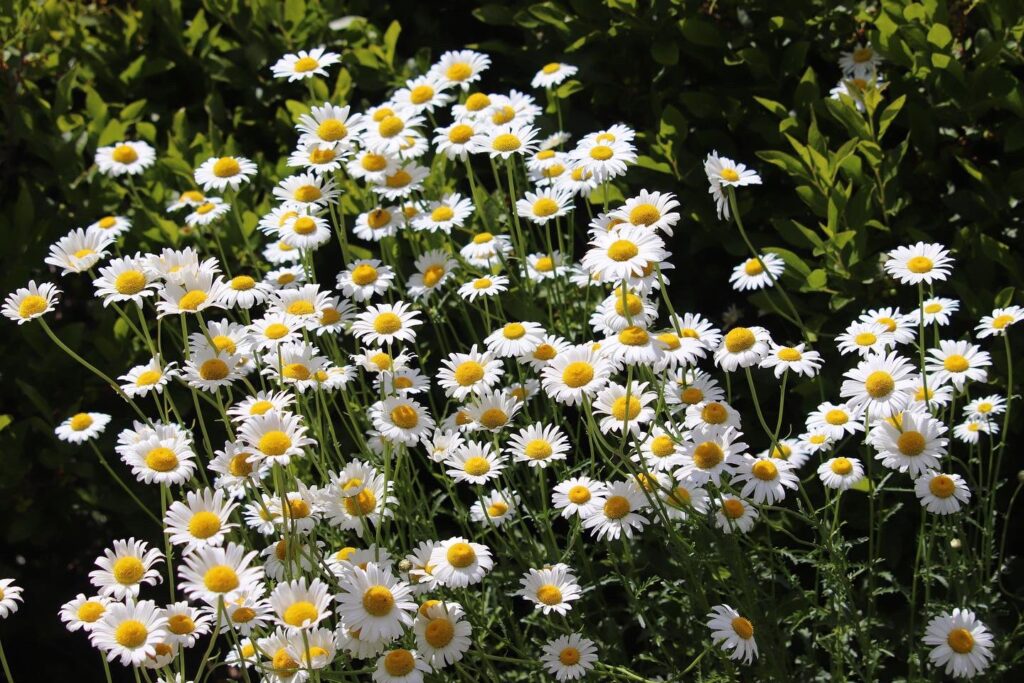
Lastly, the Oxeye Daisy is a wildflower favorite. With its delicate white petals and sunny centers, it offers a charming, rustic feel.
As you can see, the world of daisies is rich and diverse. Each variety holds a unique beauty that can bring character and charm to any garden. So, why not give these a whirl? With daisies, your garden will surely be a sight to behold.
